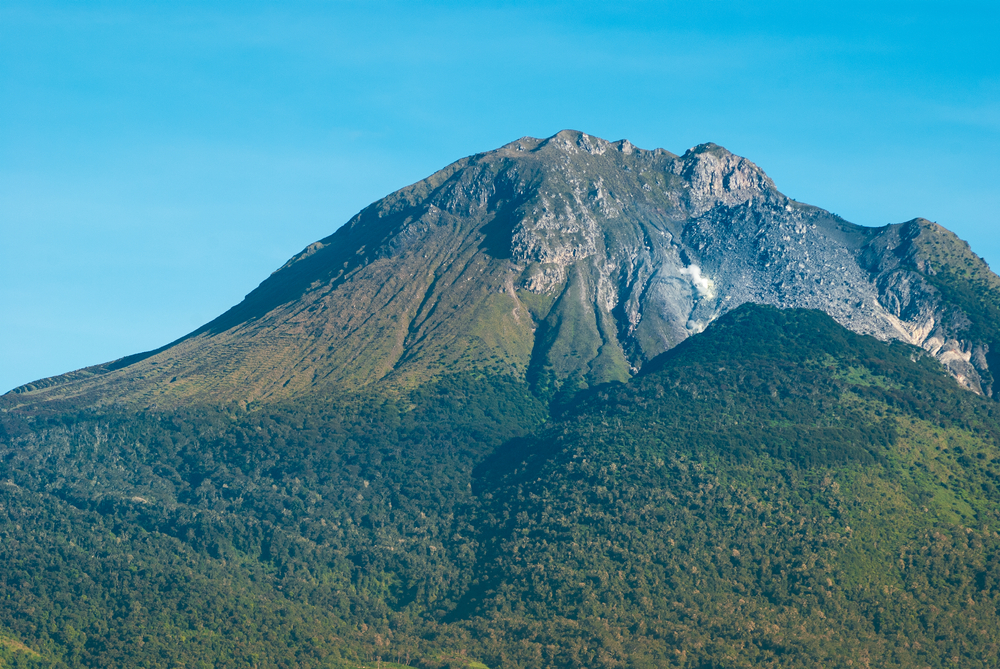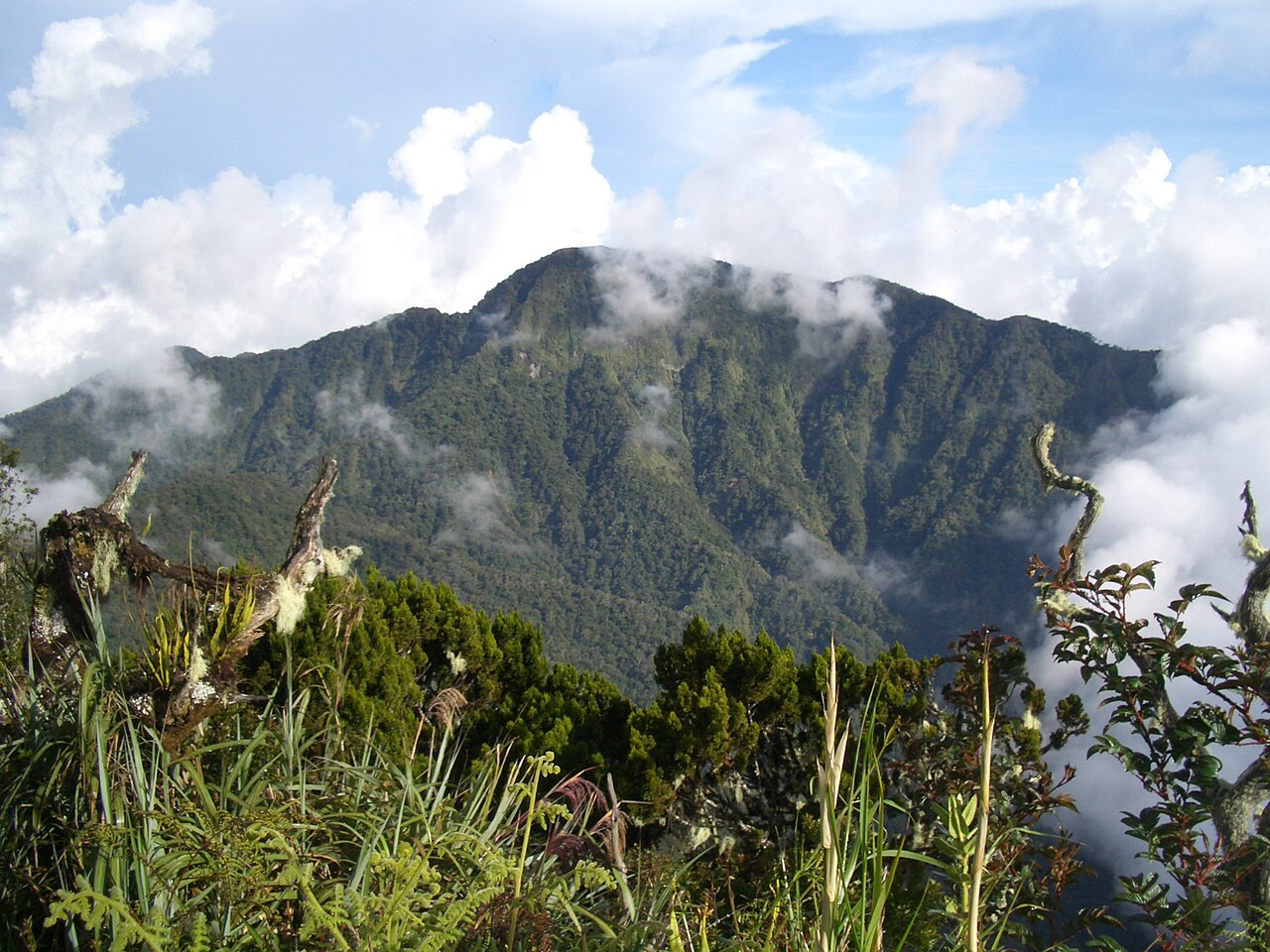Geography: Mountains
The diverse landscape of the Philippines includes mountain ranges that have left an enduring mark on its culture, history, and identity. Some of these summits also serve as crucial water sources, giving rise to rivers that flow downstream to nurture communities, agriculture, and livelihoods. Historically, these peaks have offered strategic advantages as natural fortresses, providing protection to civilizations and communities vying for dominance in the region. These mountains have played a role in shaping trade routes and influencing patterns of human migration, while also evolving into symbols of strength, endurance, and resilience within the Philippines' folklore, literature, and art.
The table below offers information about the Philippines' major mountain peaks.
|
Highest Peaks |
Elevation |
Mountain Range |
Type of Range |
|
Mount Apo |
2,954 m (9,692 ft) |
The Central Mindanao Volcanic Arc |
Volcanic |
|
Mount Dulang-dulang |
2,941 m (9,649 ft) |
Kitanglad Mountain Range |
N/A |
|
Mount Pulag |
2,928 m (9,606 ft) |
Luzon Volcanic Arc |
Volcanic |
|
Mount Kitanglad |
2,899 m (9,511 ft) |
Kitanglad Mountain Range |
Volcanic |
|
Mount Kalatungan |
2,860 m (9,380 ft) |
Kalatungan Mountain Range |
Volcanic |
|
Mount Tabayoc |
2,820 m (9,252 ft) |
Cordillera Central |
N/A |
|
Mount Ragang |
2,815 m (9,236 ft) |
Piapayungan Range |
Volcanic |
|
Mount Maagnaw |
2,742 m (8,996 ft) |
Kitanglad Mountain Range |
Volcanic |
|
Mount Mongoto |
2,719 m (8,921 ft) |
Cordillera Central |
N/A |
|
Singakalsa |
2,717 m (8,914 ft) |
Cordillera Central |
N/A |
Copyright © 1993—2025 World Trade Press. All rights reserved.

 Philippines
Philippines 
